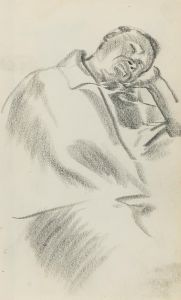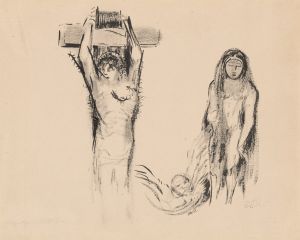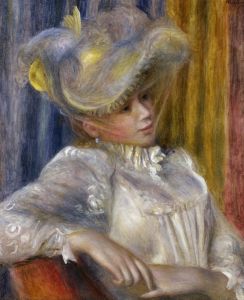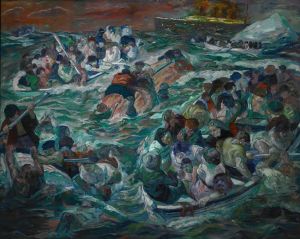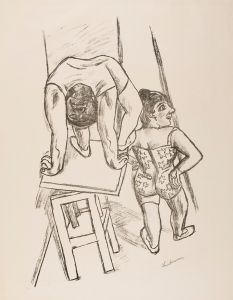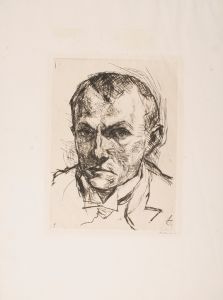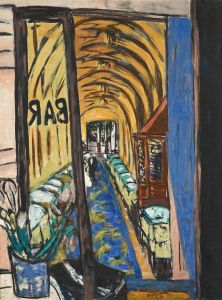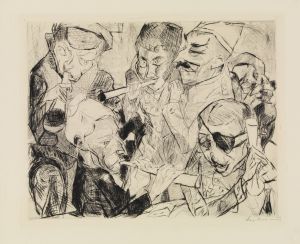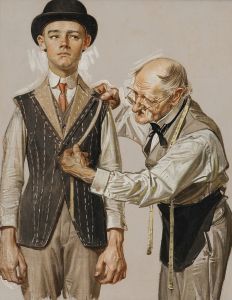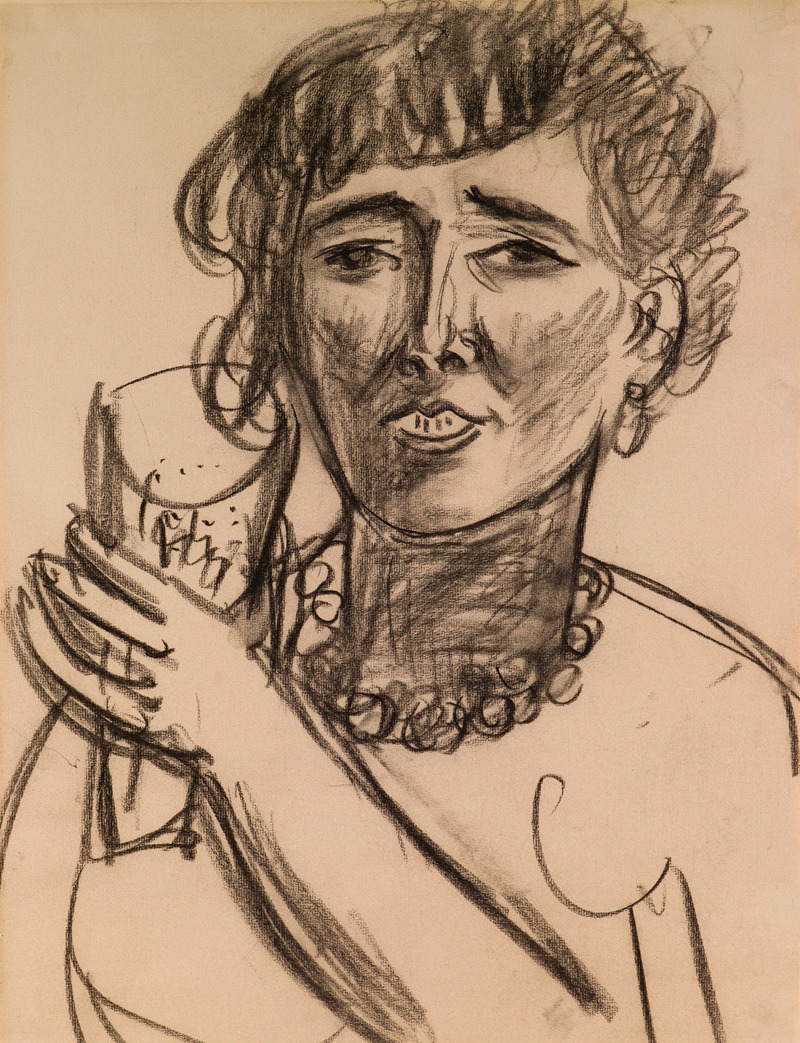
Portrait of Frances Swing van Veen
A hand-painted replica of Max Beckmann’s masterpiece Portrait of Frances Swing van Veen, meticulously crafted by professional artists to capture the true essence of the original. Each piece is created with museum-quality canvas and rare mineral pigments, carefully painted by experienced artists with delicate brushstrokes and rich, layered colors to perfectly recreate the texture of the original artwork. Unlike machine-printed reproductions, this hand-painted version brings the painting to life, infused with the artist’s emotions and skill in every stroke. Whether for personal collection or home decoration, it instantly elevates the artistic atmosphere of any space.
Max Beckmann, a prominent German painter, created the "Portrait of Frances Swing van Veen" during a period marked by significant personal and political upheaval. Beckmann, known for his distinctive style that combines elements of Expressionism and New Objectivity, often infused his works with intense emotion and complex symbolism. This portrait is no exception, reflecting both his technical prowess and his ability to capture the essence of his subjects.
Frances Swing van Veen was an American woman who became associated with Beckmann during his time in the United States. Beckmann moved to the U.S. in 1947, after fleeing the oppressive Nazi regime in Germany, which had labeled his work as "degenerate art." His relocation to America marked a new chapter in his career, where he continued to paint and teach, influencing a new generation of artists.
The portrait of Frances Swing van Veen is characterized by Beckmann's bold use of color and strong, decisive brushstrokes. His approach to portraiture often involved a deep psychological exploration of the sitter, capturing not just their physical likeness but also an insight into their character and emotional state. In this painting, Beckmann employs a rich palette and dynamic composition, which are hallmarks of his mature style.
Beckmann's portraits are renowned for their intensity and depth, often conveying a sense of introspection and complexity. The "Portrait of Frances Swing van Veen" is no different, as it reflects the artist's ability to blend realism with a more abstract, expressive approach. This combination allows viewers to engage with the painting on multiple levels, appreciating both its aesthetic qualities and its deeper, more personal implications.
The context of Beckmann's life during the creation of this portrait is essential to understanding its significance. Having experienced the trauma of two World Wars and the rise of fascism in Europe, Beckmann's work often grapples with themes of existentialism and the human condition. His time in America provided him with a new environment and fresh perspectives, which are evident in the vibrancy and energy of his later works.
Frances Swing van Veen, as the subject of this portrait, is immortalized through Beckmann's unique artistic lens. While specific details about her life and relationship with Beckmann are limited, the portrait itself serves as a testament to her presence and significance in the artist's life during this period. The painting stands as a representation of Beckmann's continued exploration of identity and the complexities of human relationships.
In summary, Max Beckmann's "Portrait of Frances Swing van Veen" is a compelling example of his portraiture, showcasing his ability to merge expressive techniques with a profound understanding of his subjects. The painting not only highlights Beckmann's artistic evolution during his American years but also serves as a poignant reminder of the enduring power of portraiture to capture the essence of an individual.





